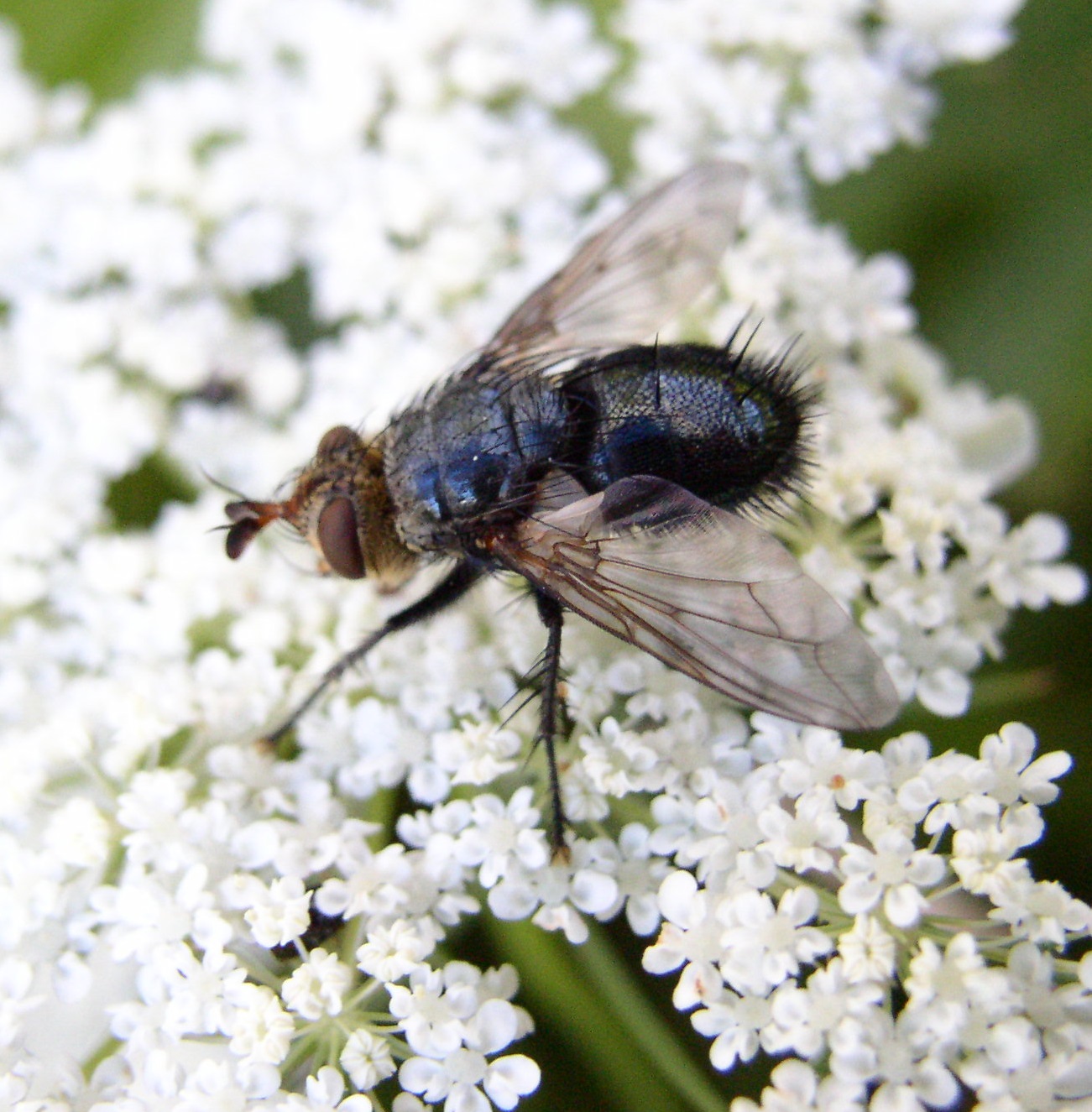|
Copecrypta Ruficauda
''Copecrypta ruficauda'' is a species of bristle fly in the family Tachinidae. Distribution United States, Mexico Mexico (Spanish: México), officially the United Mexican States, is a country in the southern portion of North America. It is bordered to the north by the United States; to the south and west by the Pacific Ocean; to the southeast by Guatema ... References Tachininae Insects described in 1867 Taxa named by Frederik Maurits van der Wulp Diptera of North America {{tachinini-stub ... [...More Info...] [...Related Items...] OR: [Wikipedia] [Google] [Baidu] |
Frederik Maurits Van Der Wulp
Frederik Maurits van der Wulp (13 December 1818, The Hague – 27 November 1899, The Hague) was a Dutch entomologist mainly interested in Diptera. He was a civil servant in the Dutch Audit Office. His collection is divided between Natura Artis Magistra in Amsterdam and Rijksmuseum van Natuurlijke Historie in Leiden. Frederik van der Wulp was a Member of the Netherlands Entomological Society. Works *with Samuel Constantinus Snellen van Vollenhoven the first checklist entirely devoted to Dutch Diptera in the following parts *Wulp, F.M. van der, & S.C. Snellen van Vollenhoven, 1852. Naamlijst van inlandsche Diptera. I. In: Bouwstoffen voor eene fauna van Nederland Deel 1 (J.A. Herklots, ed.): 138–153. E.J. Brill, Leiden. *Wulp, F.M. van der & S.C. Snellen van Vollenhoven, 1853. Naamlijst van inlandsche Diptera. II. In: Bouwstoffen voor eene fauna van Nederland Deel 1. (J.A. Herklots (ed.): 188–206, E.J. Brill, Leiden. *Wulp, F.M. van der, & S.C. Snellen van Vollenhoven, ... [...More Info...] [...Related Items...] OR: [Wikipedia] [Google] [Baidu] |
Tachinidae
The Tachinidae are a large and variable family of true flies within the insect order Diptera, with more than 8,200 known species and many more to be discovered. Over 1,300 species have been described in North America alone. Insects in this family commonly are called tachinid flies or simply tachinids. As far as is known, they all are protelean parasitoids, or occasionally parasites, of arthropods, usually other insects. The family is known from many habitats in all zoogeographical regions and is especially diverse in South America. Life cycle Reproductive strategies vary greatly between Tachinid species, largely, but not always clearly, according to their respective life cycles. This means that they tend to be generalists rather than specialists. Comparatively few are restricted to a single host species, so there is little tendency towards the close co-evolution one finds in the adaptations of many specialist species to their hosts, such as are typical of protelean paras ... [...More Info...] [...Related Items...] OR: [Wikipedia] [Google] [Baidu] |
Mexico
Mexico ( Spanish: México), officially the United Mexican States, is a country in the southern portion of North America. It is bordered to the north by the United States; to the south and west by the Pacific Ocean; to the southeast by Guatemala, Belize, and the Caribbean Sea; and to the east by the Gulf of Mexico. Mexico covers ,Mexico '' The World Factbook''. . making it the world's 13th-largest country by area; with approximately 12 ... [...More Info...] [...Related Items...] OR: [Wikipedia] [Google] [Baidu] |
Tachininae
Tachininae is a subfamily of flies in the family Tachinidae. Tribes & genera *Tribe Ernestiini :*''Appendicia'' Stein, 1924 :*''Cleonice'' Robineau-Desvoidy, 1863 :*''Eloceria'' Robineau-Desvoidy, 1863 :*'' Ernestia'' Robineau-Desvoidy, 1830 :*''Eurithia'' Robineau-Desvoidy, 1844 :*''Fausta'' Robineau-Desvoidy, 1830 :*''Gymnocheta'' Robineau-Desvoidy, 1830 :*''Hyalurgus'' Brauer & Bergenstamm, 1893 :*'' Loewia'' Egger, 1856 :*'' Zophomyia'' Macquart, 1835 *Tribe Graphogastrini :*''Graphogaster'' Rondani, 1868 :*''Phytomyptera'' Rondani, 1845 *Tribe Leskiini :*'' Aphria'' Robineau-Desvoidy, 1830 :*'' Bithia'' Robineau-Desvoidy, 1863 :*''Demoticus'' Macquart, 1854 :*''Leskia'' Robineau-Desvoidy, 1830 :*'' Solieria'' Robineau-Desvoidy, 1848 *Tribe Linnaemyini :*''Chrysosomopsis'' Townsend, 1916 :*''Linnaemya'' Robineau-Desvoidy, 1830 :*''Lydina'' Robineau-Desvoidy, 1830 :*''Lypha'' Robineau-Desvoidy, 1830 *Tribe Macquartiini :*''Anthomyiopsis'' Townsend, 1916 ... [...More Info...] [...Related Items...] OR: [Wikipedia] [Google] [Baidu] |
Insects Described In 1867
Insects (from Latin ') are pancrustacean hexapod invertebrates of the class Insecta. They are the largest group within the arthropod phylum. Insects have a chitinous exoskeleton, a three-part body (head, thorax and abdomen), three pairs of jointed legs, compound eyes and one pair of antennae. Their blood is not totally contained in vessels; some circulates in an open cavity known as the haemocoel. Insects are the most diverse group of animals; they include more than a million described species and represent more than half of all known living organisms. The total number of extant species is estimated at between six and ten million; In: potentially over 90% of the animal life forms on Earth are insects. Insects may be found in nearly all environments, although only a small number of species reside in the oceans, which are dominated by another arthropod group, crustaceans, which recent research has indicated insects are nested within. Nearly all insects hatch from eggs. Insect ... [...More Info...] [...Related Items...] OR: [Wikipedia] [Google] [Baidu] |
Taxa Named By Frederik Maurits Van Der Wulp
In biology, a taxon (back-formation from ''Taxonomy (biology), taxonomy''; plural taxa) is a group of one or more populations of an organism or organisms seen by taxonomists to form a unit. Although neither is required, a taxon is usually known by a particular name and given a particular Taxonomic rank, ranking, especially if and when it is accepted or becomes established. It is very common, however, for taxonomists to remain at odds over what belongs to a taxon and the criteria used for inclusion. If a taxon is given a formal scientific name, its use is then governed by one of the nomenclature codes specifying which scientific name is correct for a particular grouping. Initial attempts at classifying and ordering organisms (plants and animals) were set forth in Carl Linnaeus's Linnaean taxonomy, system in ''Systema Naturae'', 10th edition (1758), as well as an unpublished work by Bernard de Jussieu, Bernard and Antoine Laurent de Jussieu. The idea of a unit-based system of bio ... [...More Info...] [...Related Items...] OR: [Wikipedia] [Google] [Baidu] |




